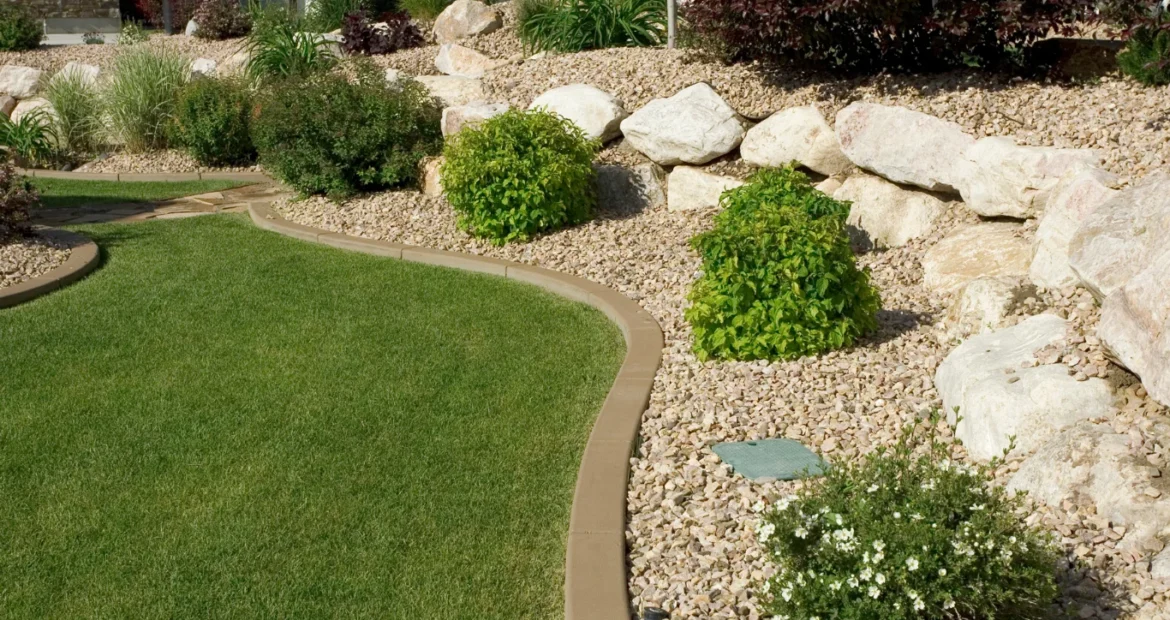Creating a beautiful yard requires careful planning and maintenance. Learning about common landscaping mistakes and how to avoid them helps you achieve a functional, attractive outdoor space that complements your home without future problems or unnecessary costs.
Planting Mistakes to Avoid
One of the most common landscaping mistakes is planting without considering the mature size of trees and shrubs. Many homeowners choose plants that look small at first but eventually grow too large for their space, blocking windows or damaging structures. To avoid this mistake, research each plant’s full growth potential before placing it in your yard.
Another frequent error is planting too close together. Crowded plants compete for sunlight, water, and nutrients, leading to poor growth and increased risk of disease. Avoid this mistake by spacing plants according to their mature width and height, allowing each plant enough room to grow healthily and maintain airflow.
Design and Maintenance Mistakes
Improper grading is a major landscaping mistake to avoid. Poor yard grading can lead to drainage issues, causing water to pool near your home’s foundation and resulting in potential damage or mold problems. Ensure your landscape design includes proper slope away from structures to direct water runoff safely.
Neglecting soil health is another common landscaping mistake. Many homeowners plant gardens without testing or improving their soil, resulting in poor plant growth. Avoid this by testing your soil’s pH and nutrient levels before planting and amending it with compost or organic matter as needed to support strong, healthy plants.
Overusing mulch is also a problem in many yards. While mulch helps retain moisture and reduce weeds, piling it too high around plant stems or tree trunks can cause rot and attract pests. Apply mulch in a thin, even layer, keeping it a few inches away from plant bases to allow air circulation.
Failing to plan for maintenance is a common oversight. Designing a yard with high-maintenance plants or features can become overwhelming if you lack the time or resources for proper care. Choose low-maintenance plants that suit your climate and lifestyle to keep your yard looking neat without extra work.
Ignoring seasonal changes is another mistake. Landscaping that looks beautiful in one season may appear bare and lifeless in another. Plan your yard with a variety of plants that bloom or offer visual interest throughout the year to maintain curb appeal in every season.
Understanding common landscaping mistakes and how to avoid them ensures your outdoor space remains functional, healthy, and visually appealing. By planning carefully, choosing the right plants, maintaining soil health, and considering future growth and maintenance, you can create a landscape that enhances your home for years to come.
Read More:













